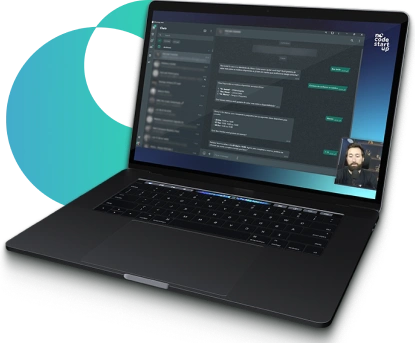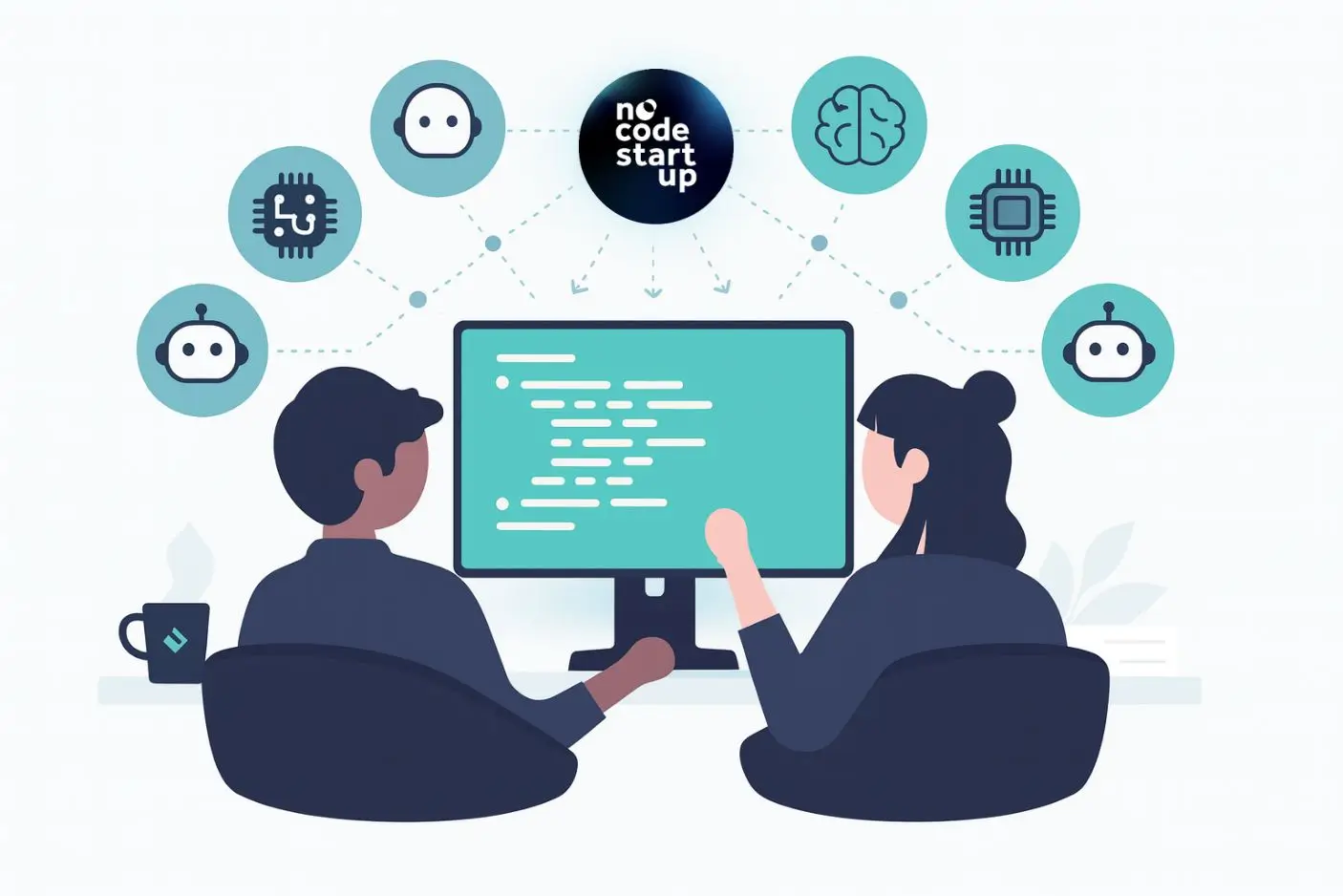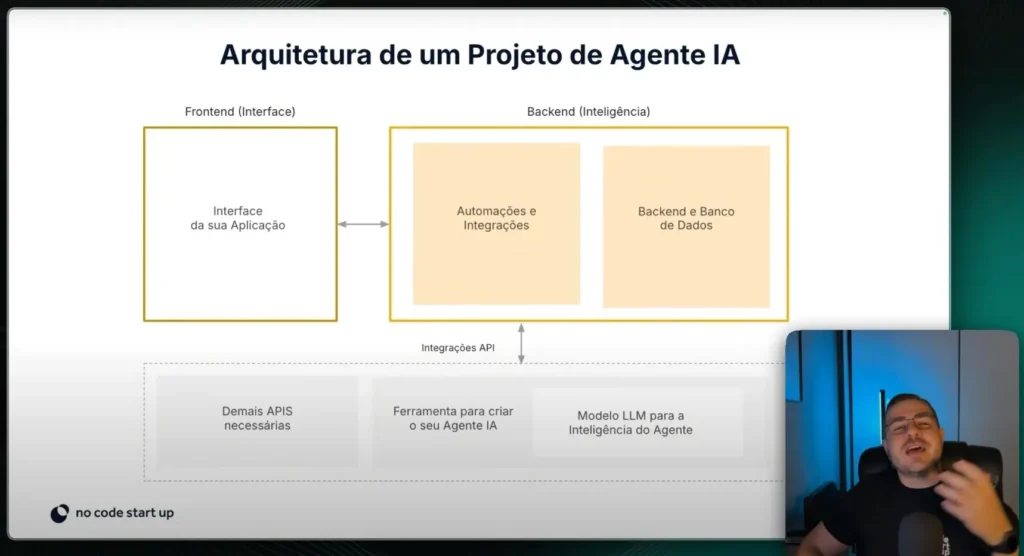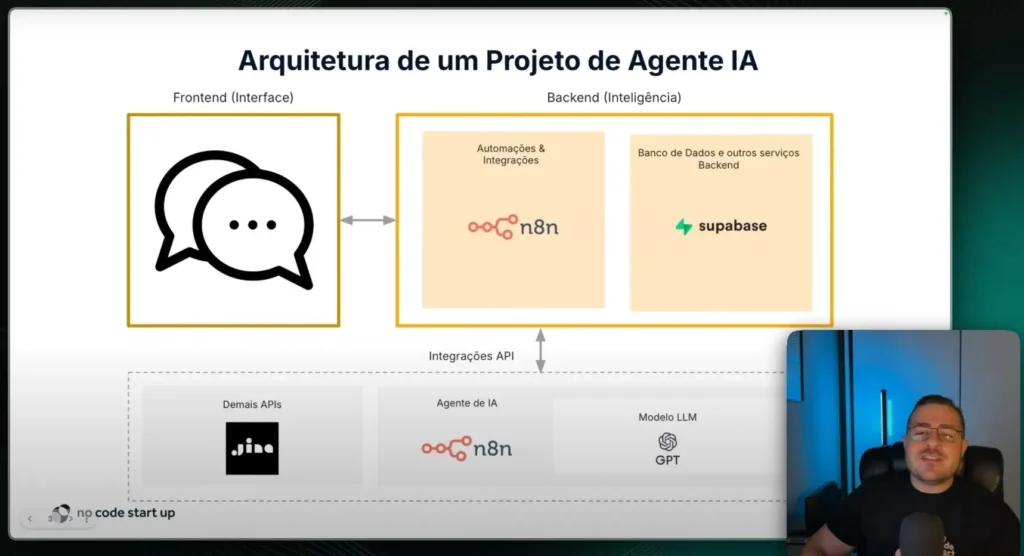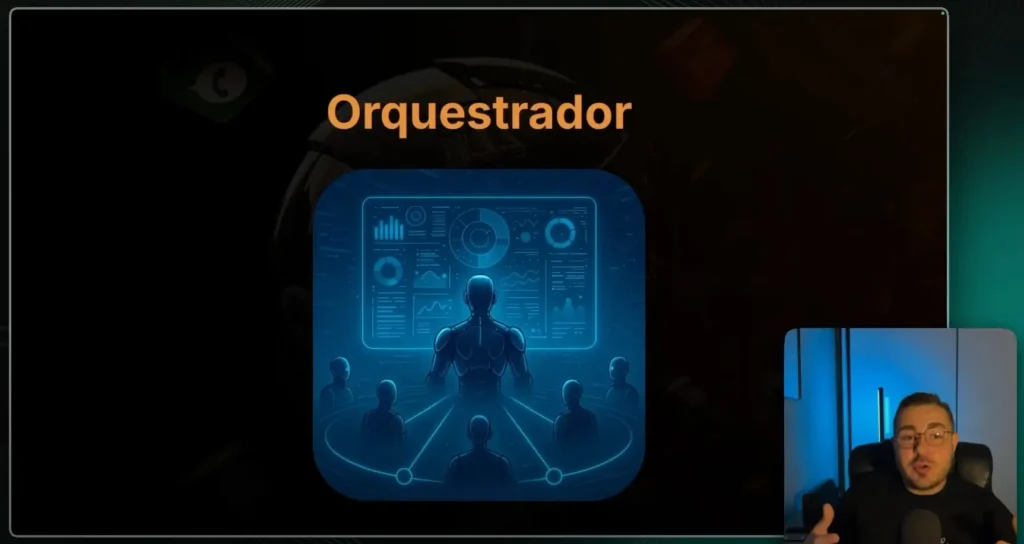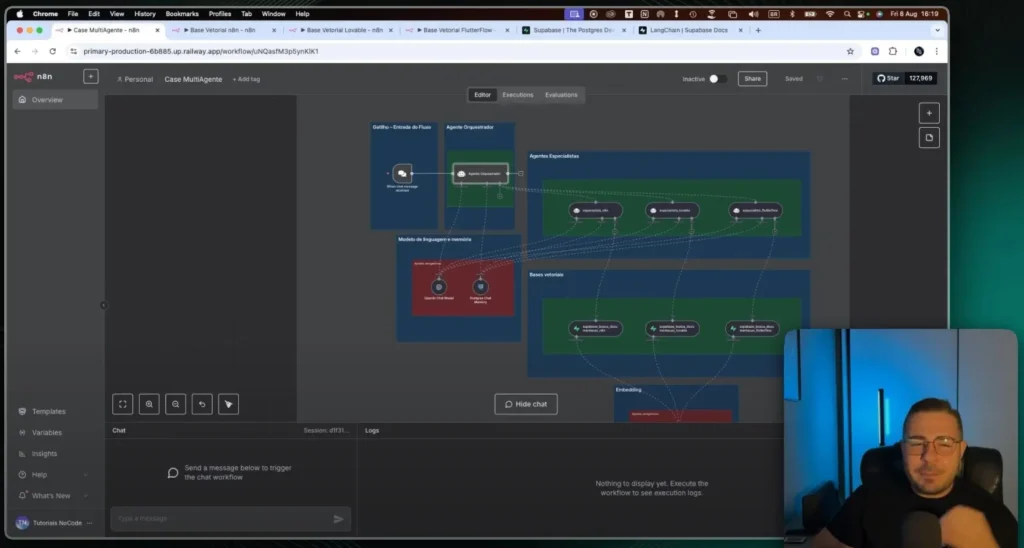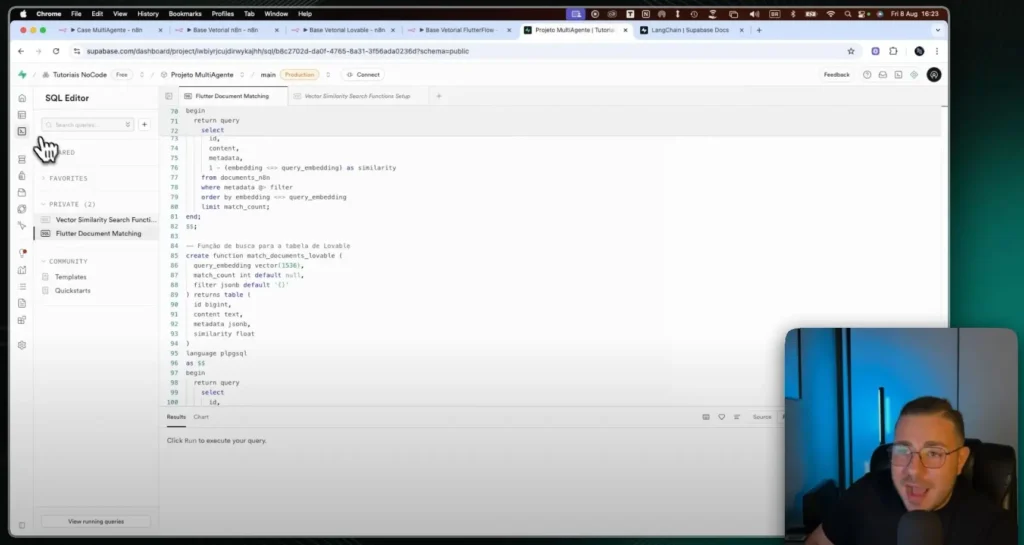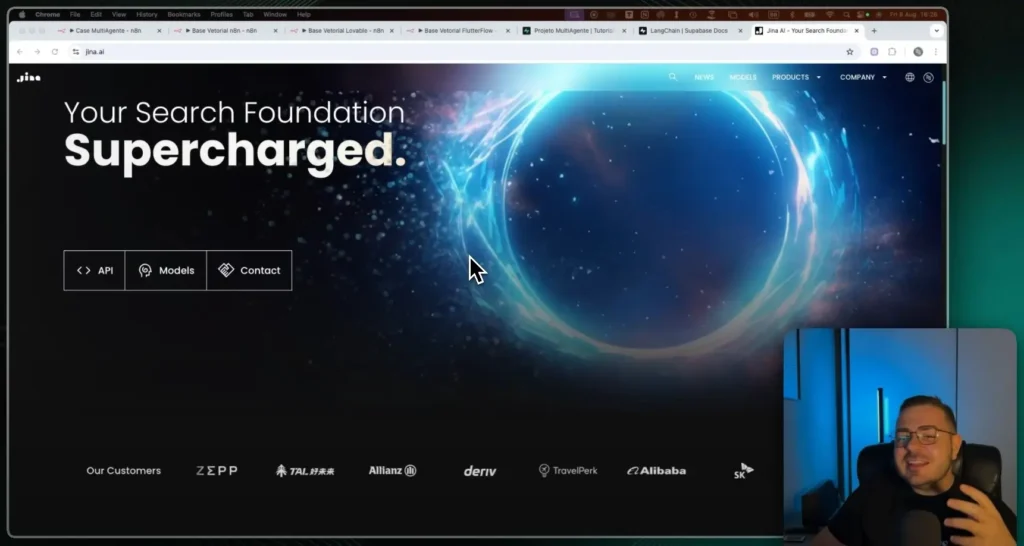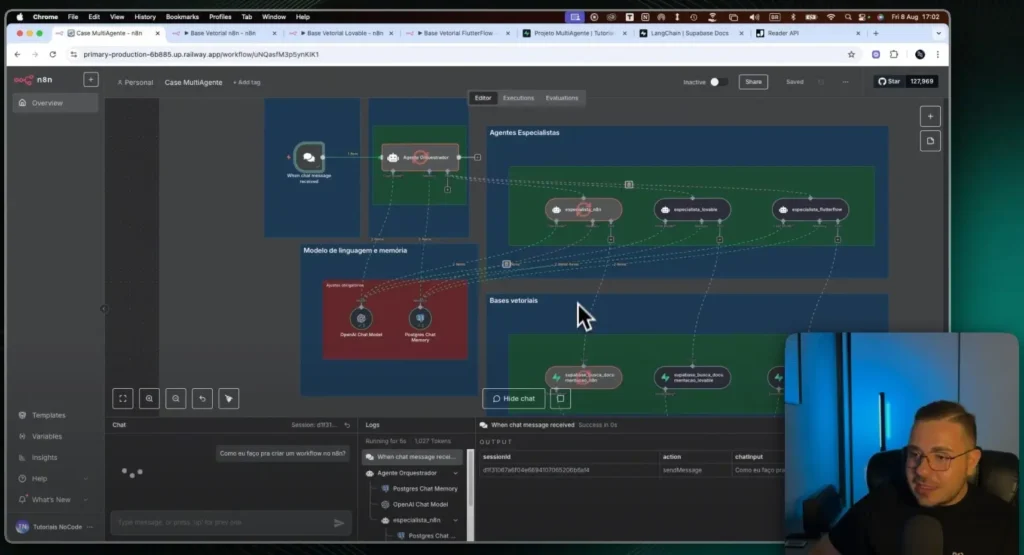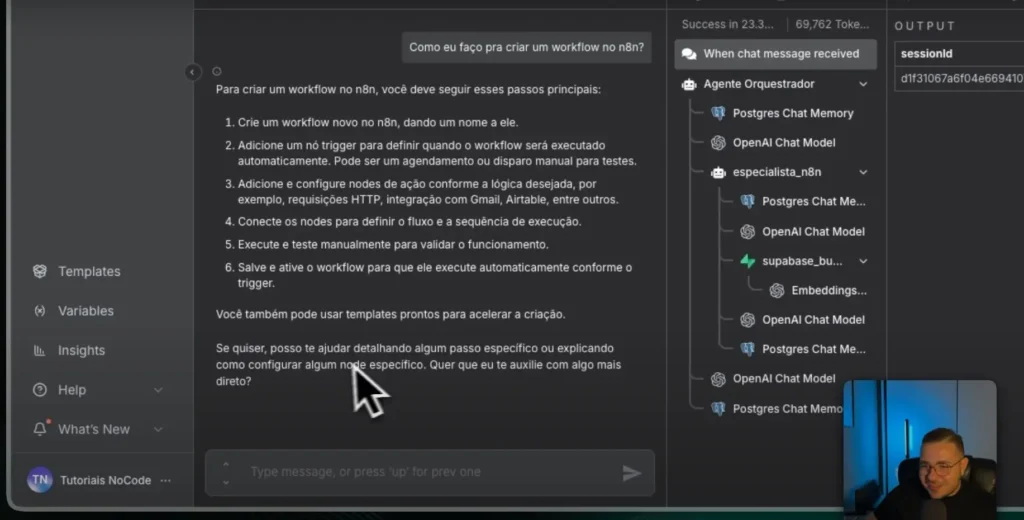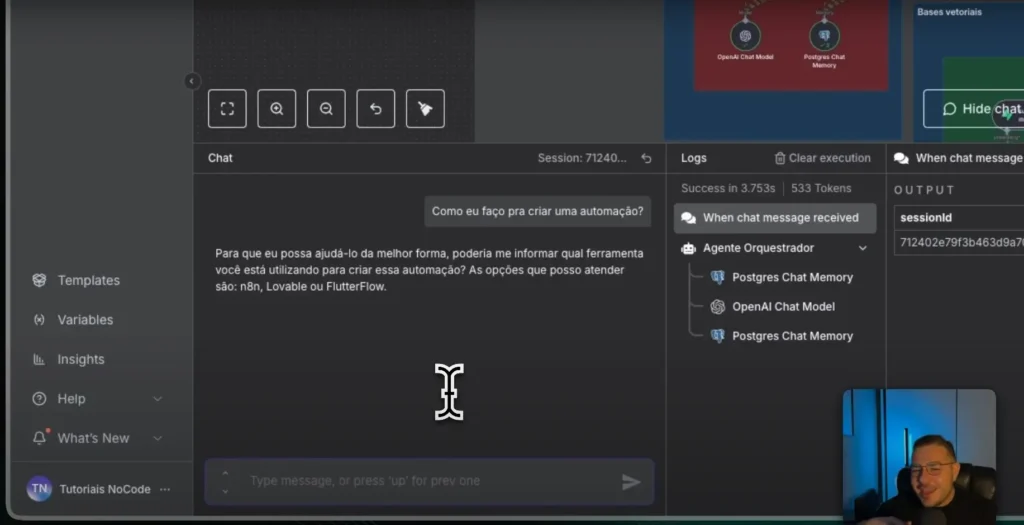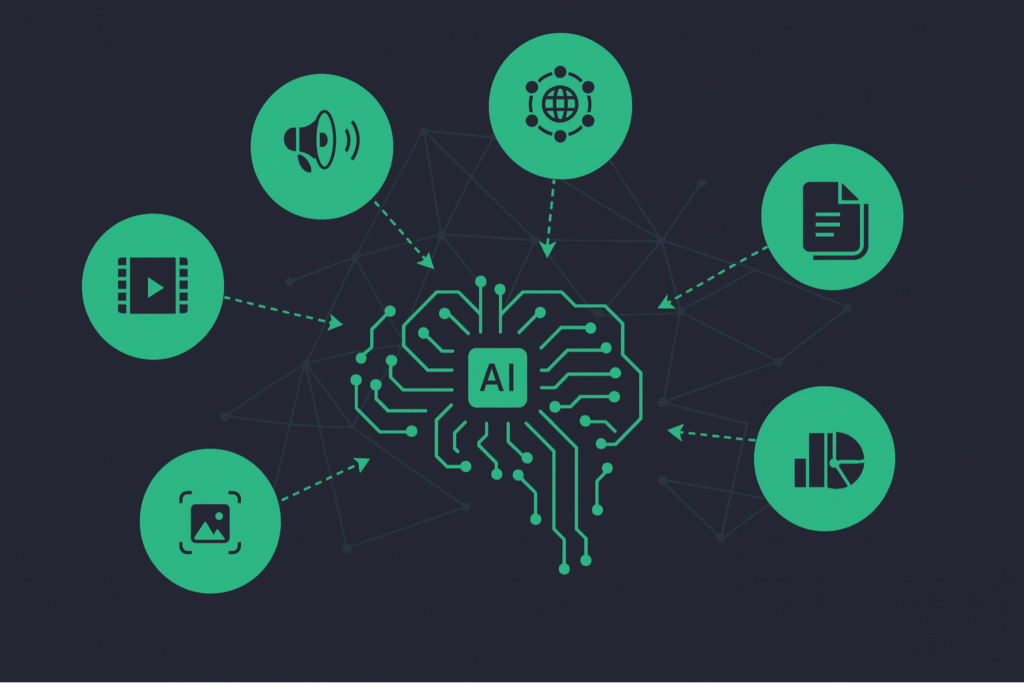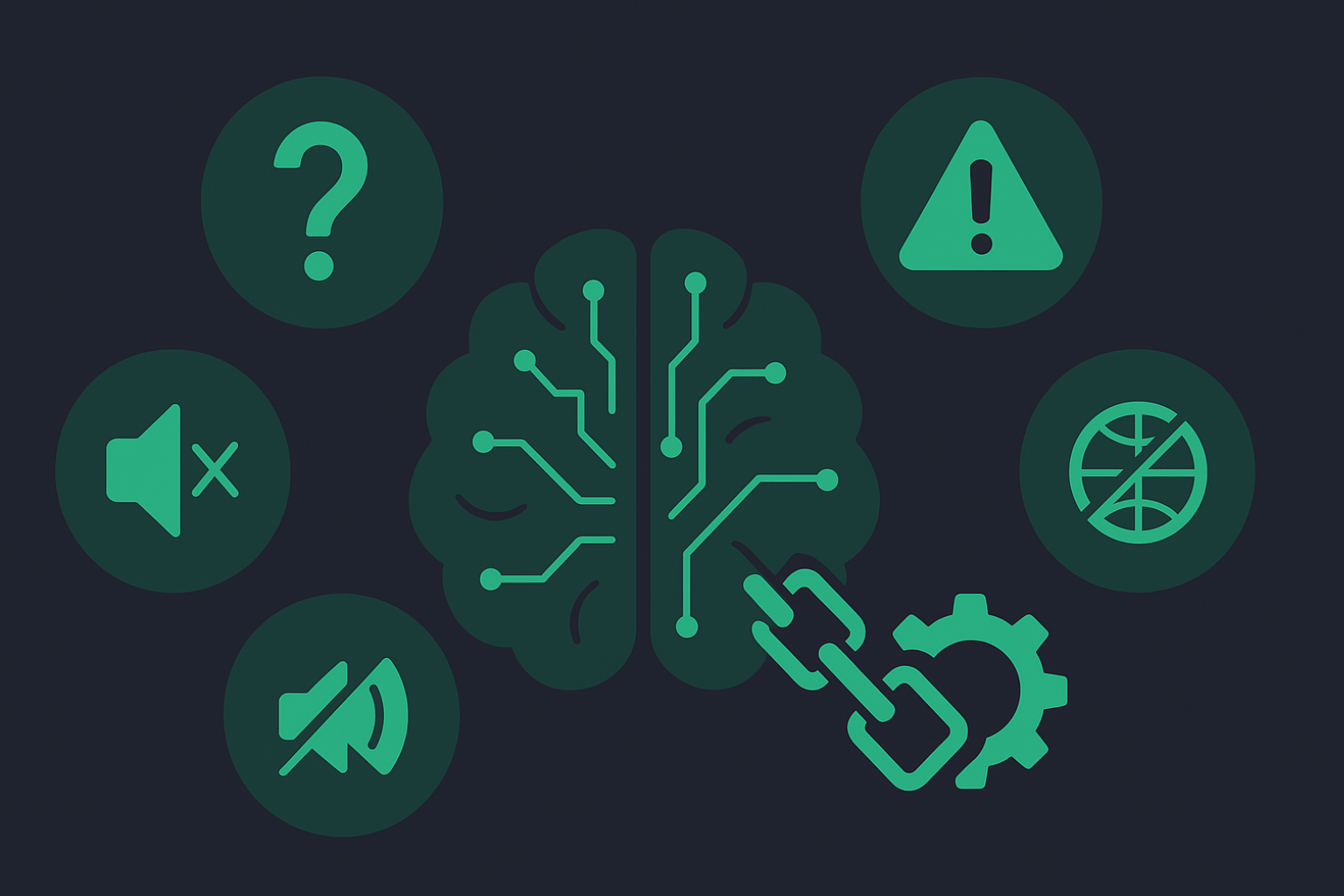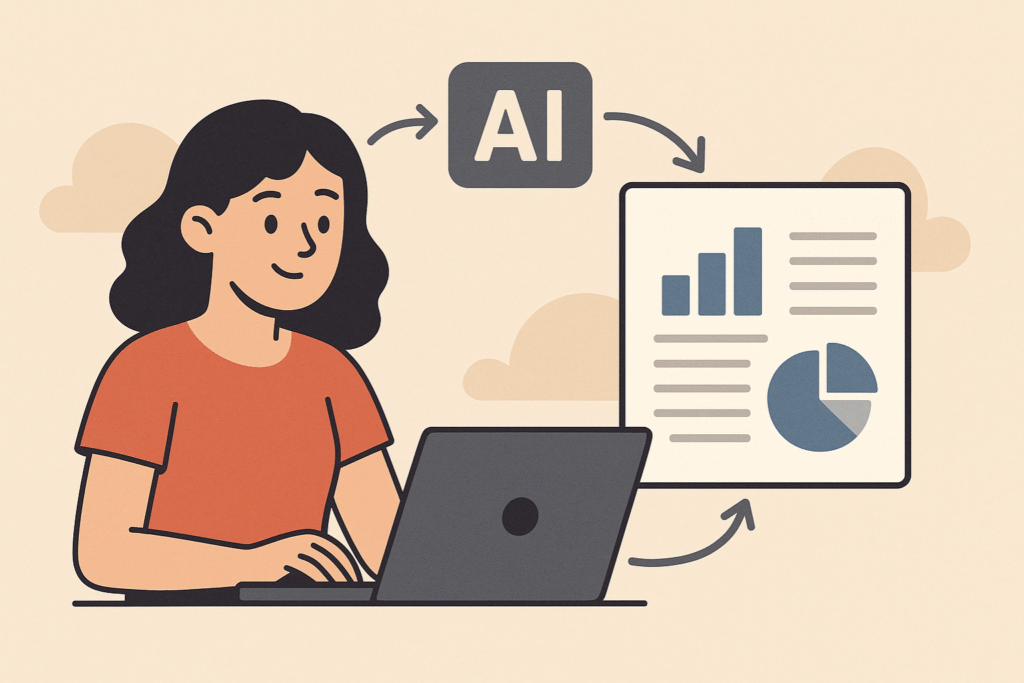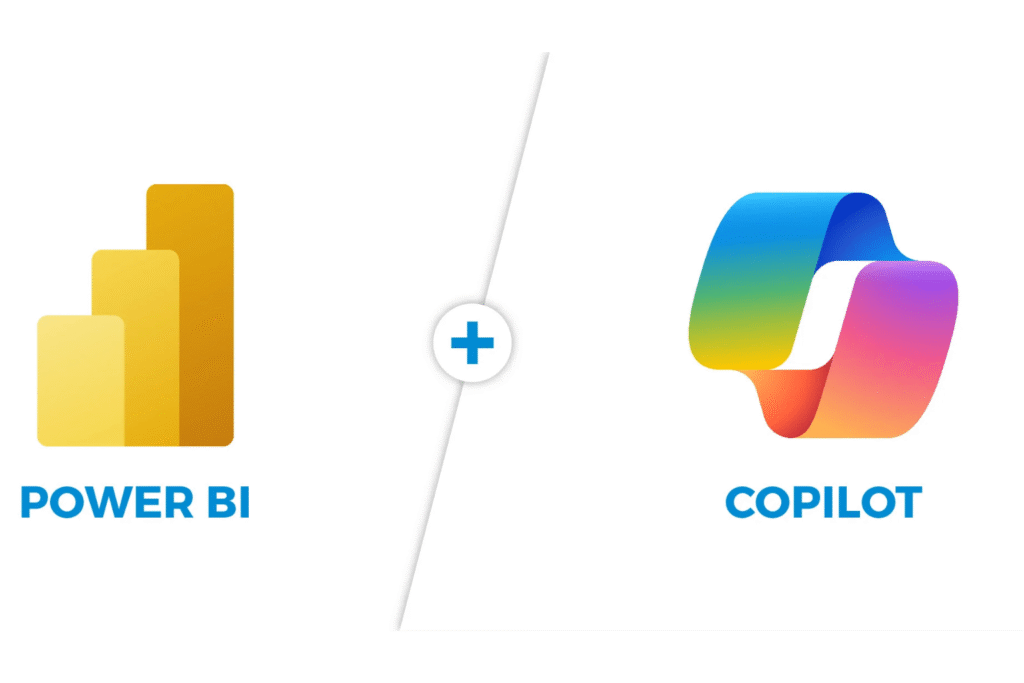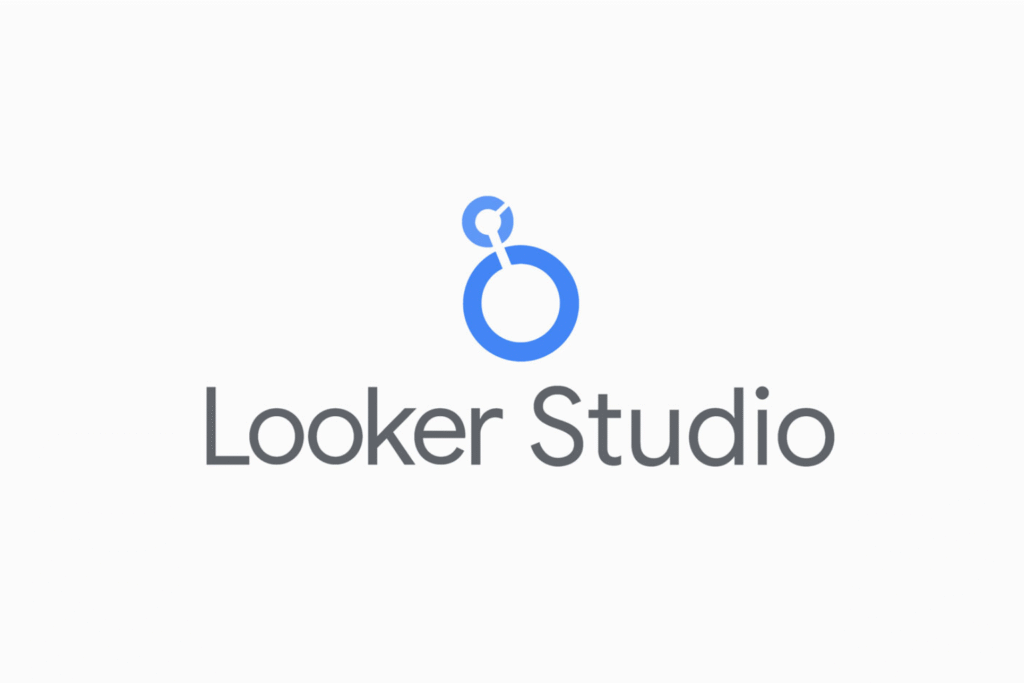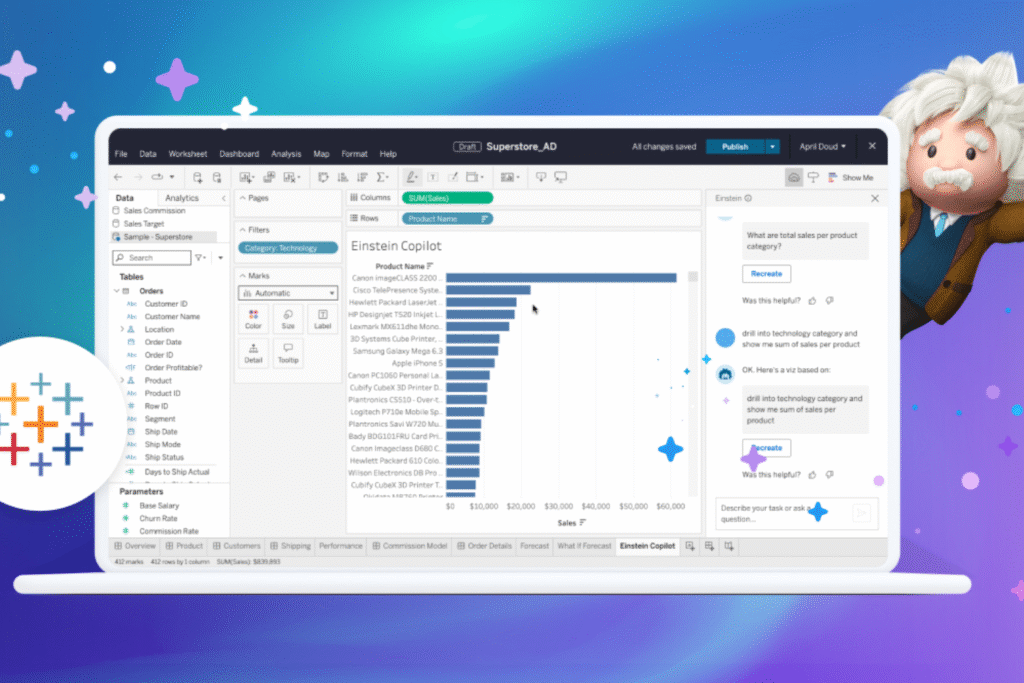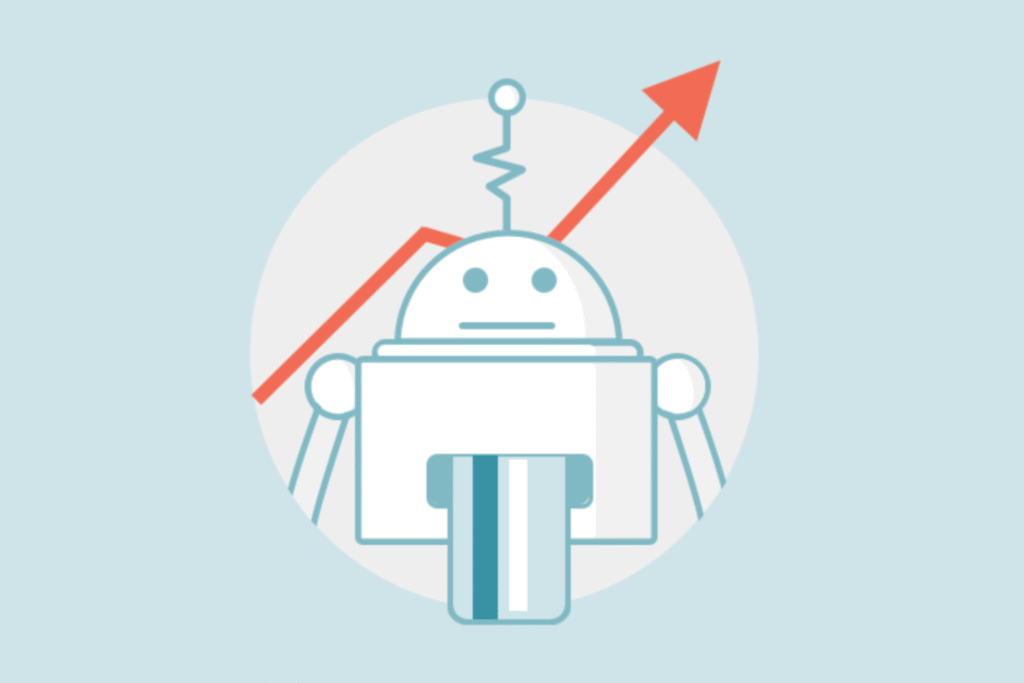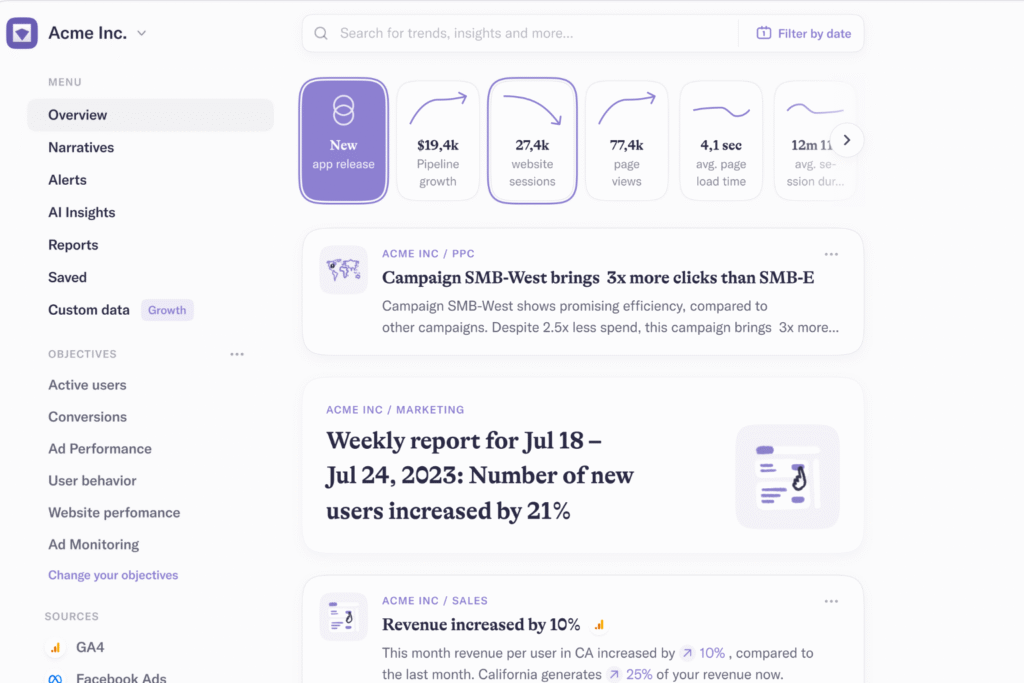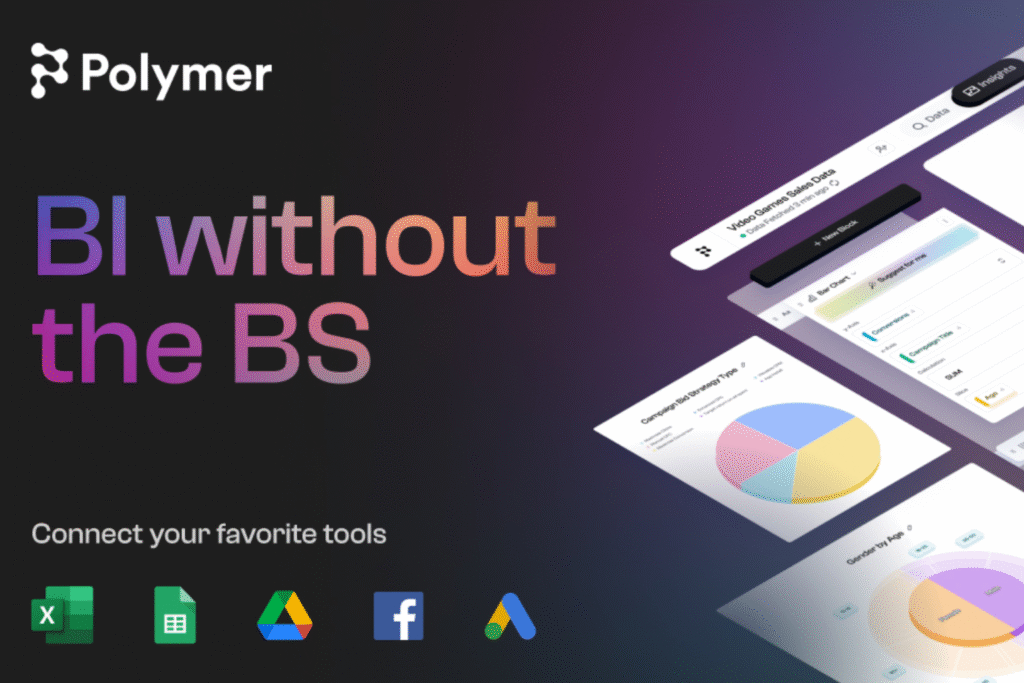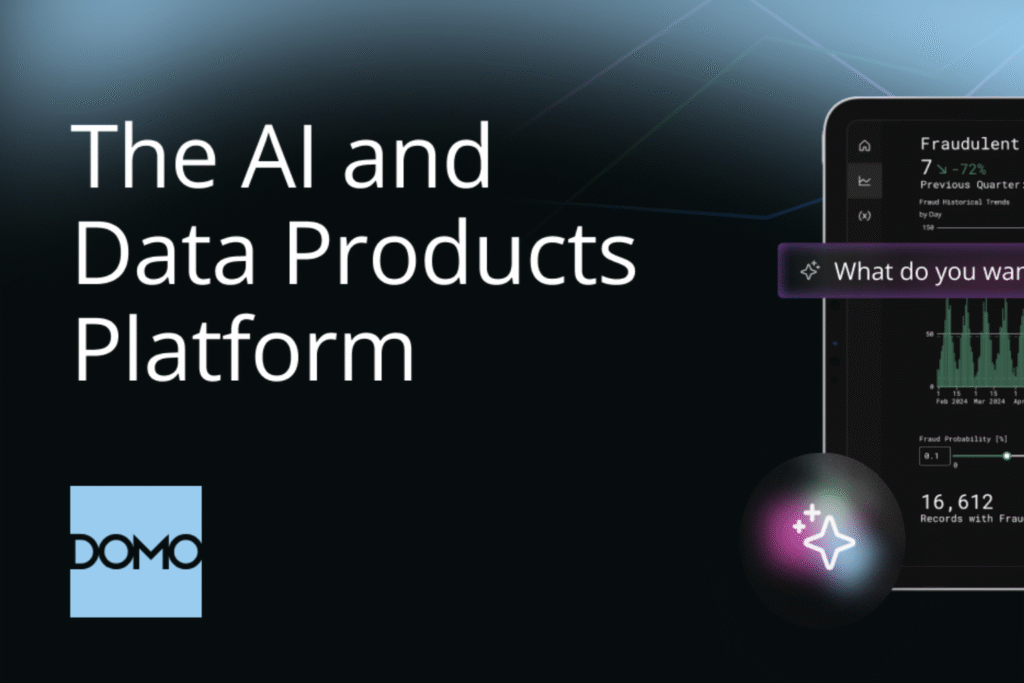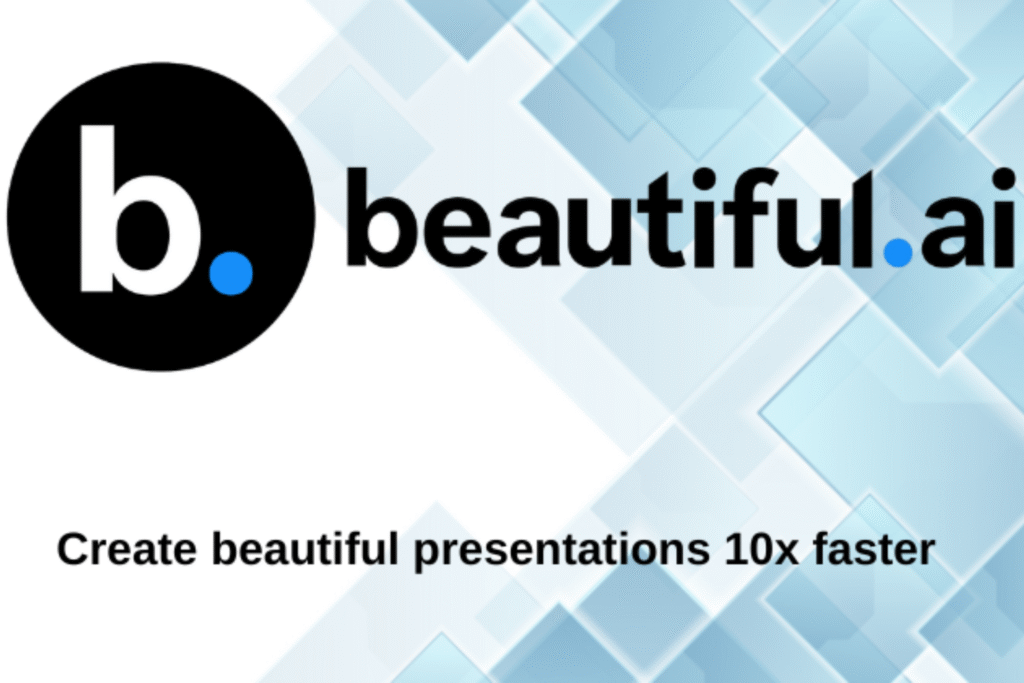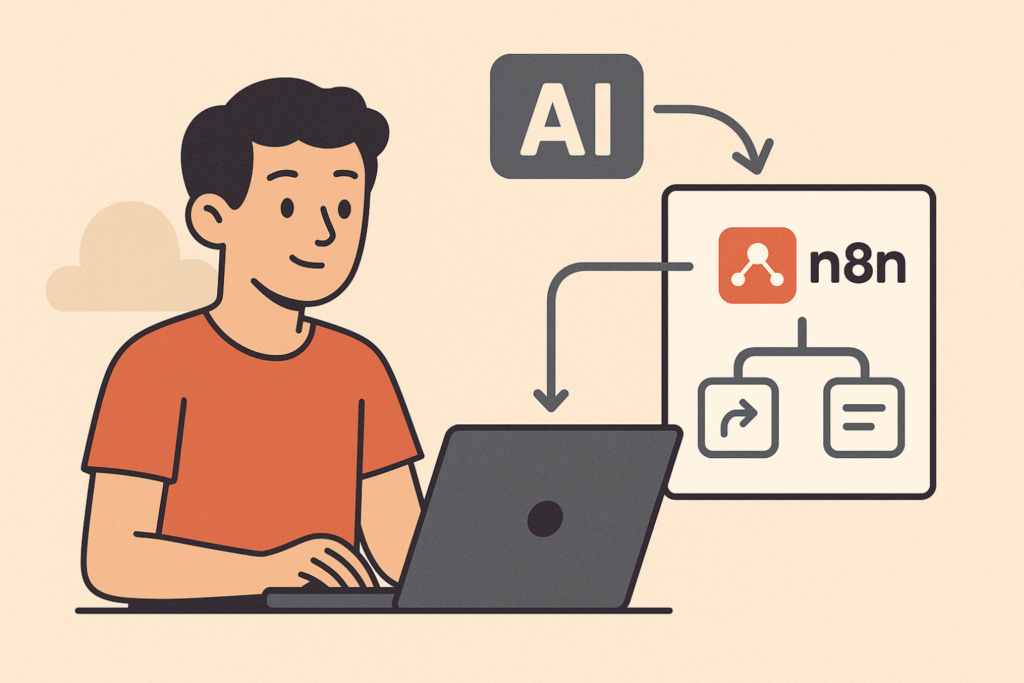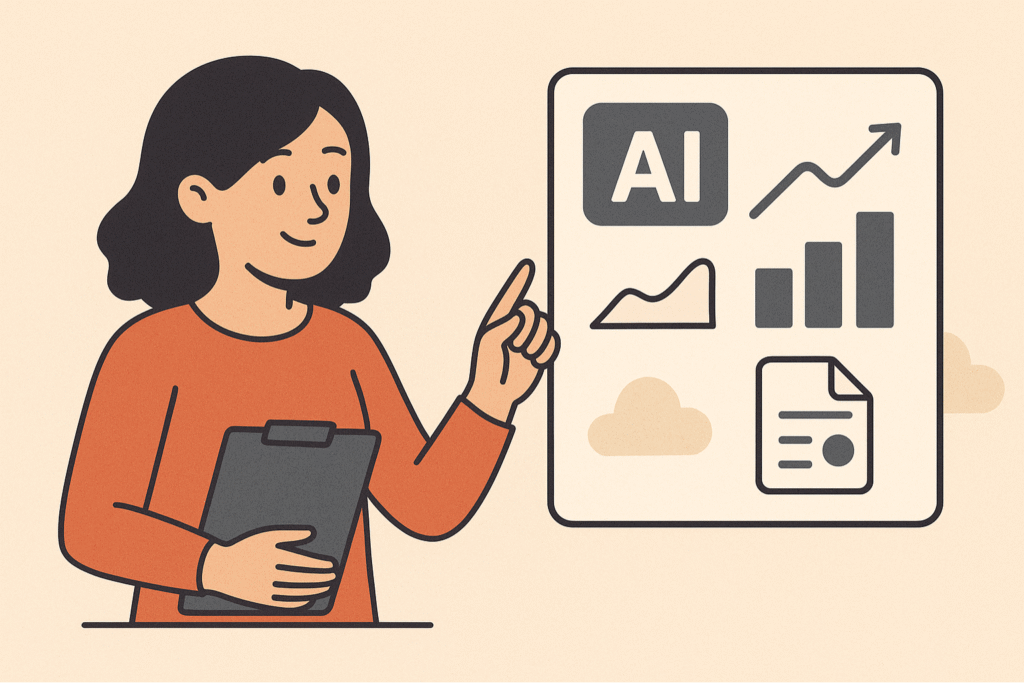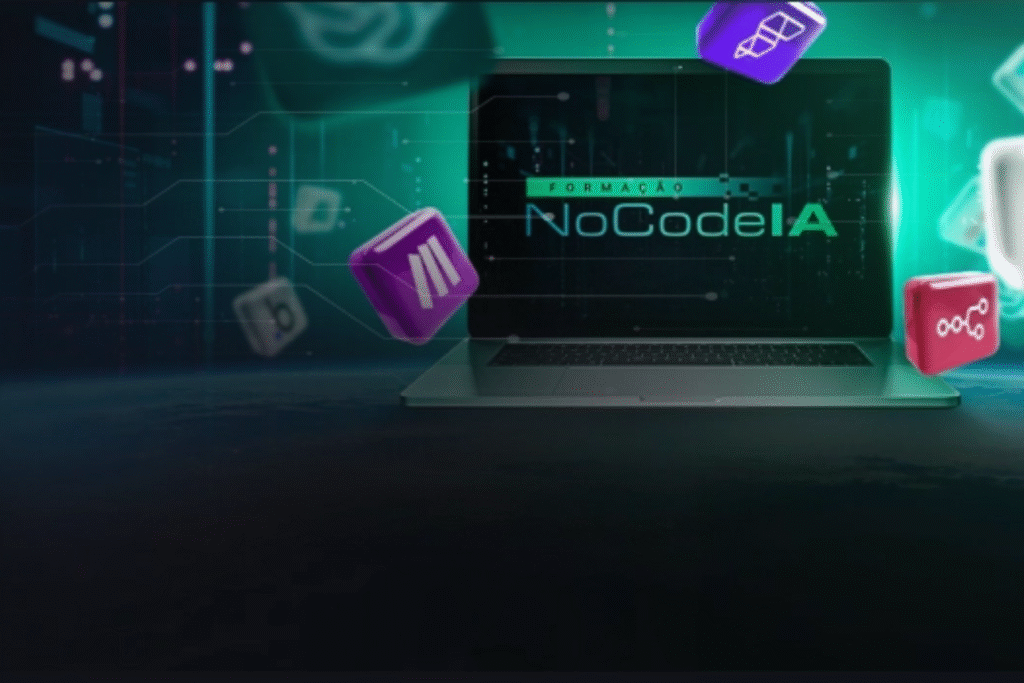O mundo da tecnologia está evoluindo rapidamente, com o desenvolvimento sem código se tornando um divisor de águas para empresas e indivíduos.
De acordo com uma pesquisa de 2024 conduzida pelo Código Fonte, o salário médio de um desenvolvedor no-code no Brasil é de R$ 8.699. Mas o que esse número realmente significa?
Os salários de desenvolvedor no-code são realmente tão altos e, se sim, onde encontrar oportunidades tão lucrativas?
Este blog se aprofunda nessas questões, explorando o cenário do desenvolvimento sem código, a disponibilidade de empregos e o potencial real de sucesso financeiro neste campo emergente.
The growing demand for no-code skills
The rise of the no-code developer has revolutionized the way software applications are created. Unlike traditional coding, no-code platforms allow users to build applications using visual interfaces without writing a single line of code.
This approach not only speeds up the development process but also makes it accessible to non-technical users.
À medida que as empresas adotam cada vez mais essas ferramentas para prototipar e implantar aplicativos rapidamente, a demanda por desenvolvedor no-code qualificados aumentou.
A pesquisa salarial de 2024 do Código Fonte destaca que desenvolvedores no-code e low-code estão ganhando salários competitivos no Brasil.
Por exemplo, desenvolvedores que usam plataformas como bubble.io and Flutter Flow report average salaries of R$ 9,435 and R$ 11,443, respectively.
Even more established tools like WordPress offer an average salary of R$6,513. These numbers suggest that no-code development is not just a passing trend, but a viable career path with substantial earning potential.

Job availability for no-code developer
Apesar dos números salariais promissores, encontrar oportunidades de emprego no-code pode ser desafiador, especialmente no Brasil.
Uma busca rápida no LinkedIn reveals a limited number of openings for no-code roles, particularly for specific platforms like Flutter Flow and Bubble.
Por exemplo, apenas três resultados foram encontrados para empregos no Flutter Flow no Brasil, com um oferecendo um salário anual de cerca de R$ 4.000.
Em comparação, funções de desenvolvimento mais tradicionais como React Native geram significativamente mais listas de empregos.
No entanto, essa escassez de posições de desenvolvedor no-code em plataformas de empregos tradicionais não significa necessariamente que as oportunidades não existam.
Por exemplo, dentro da nossa comunidade NoCode StartUp, há inúmeras ofertas de emprego para desenvolvedor no-code, com salários que variam de R$ 3.000 a R$ 9.000, dependendo da experiência e das ferramentas específicas usadas.
Understanding Developer Salary Differences no-code
The question then arises: why is there a discrepancy between the high average salary figures reported in surveys and the relatively low number of jobs available? The answer lies in two main factors:
- Market maturity: The no-code and low-code markets are still in their infancy. These technologies are innovative and emerging, which means many companies are still in the process of adopting them.
- Niche applications: no-code tools are particularly popular for creating Minimum Viable Products (MVPs) and startups. These platforms allow no-code developers to quickly develop and launch applications with minimal cost and effort.

Exploring global opportunities
Embora o mercado brasileiro de empregos de desenvolvedor no-code possa parecer limitado, há uma riqueza de oportunidades internacionalmente.
Plataformas como Upwork, um mercado freelance líder, apresentam inúmeras funções de desenvolvimento sem código ao redor do mundo.
These positions offer competitive hourly rates, typically ranging from $15 to $75 per hour. For a full-time freelancer, this can translate into a monthly income of $15,000 or even $50,000, depending on the project and the client’s location.
Por exemplo, uma vaga de emprego no Upwork para um especialista desenvolvedor no-code pode oferecer US$ 25 por hora, o que pode equivaler a um salário mensal de R$ 15.000 se trabalhar 40 horas por semana.
Outra listagem pode pagar entre US$ 40 e US$ 75 por hora para um desenvolvedor no-code Bubble, levando a ganhos potenciais de R$ 40.000 a R$ 50.000 por mês.
These numbers highlight the immense potential for no-code developers who are willing to work with international clients, particularly those in regions where tech salaries are generally higher.
The importance of community and networking
Given the early stage of the no-code developer job market, being part of a strong community like bubble community, pode ser crucial para o avanço na carreira.
Muitos desenvolvedores no-code encontram oportunidades por meio de networking em grupos especializados, comunidades online ou até mesmo por meio de referências diretas.
Desenvolvedores no-code com um portfólio sólido e uma abordagem proativa para networking podem frequentemente garantir empregos mais bem pagos ou trabalhos freelances.
Construir uma presença em plataformas como LinkedIn, Twitter ou no YouTube para mostrar seu trabalho pode aumentar significativamente a visibilidade e atrair potenciais empregadores ou clientes.

A bright future for developer no-code
O movimento sem código está prestes a crescer exponencialmente à medida que mais empresas reconhecem os benefícios dessas plataformas.
Embora o mercado de trabalho atual do desenvolvedor Nocode no Brasil possa parecer limitado, a demanda global por habilidades sem código está aumentando, oferecendo oportunidades lucrativas para aqueles que estão dispostos a explorar mercados internacionais.
For aspiring no-code developers, now is the time to develop skills, join relevant communities and start networking. So don't waste any time and come and meet the FlutterFlow Course free and start building your future today!

